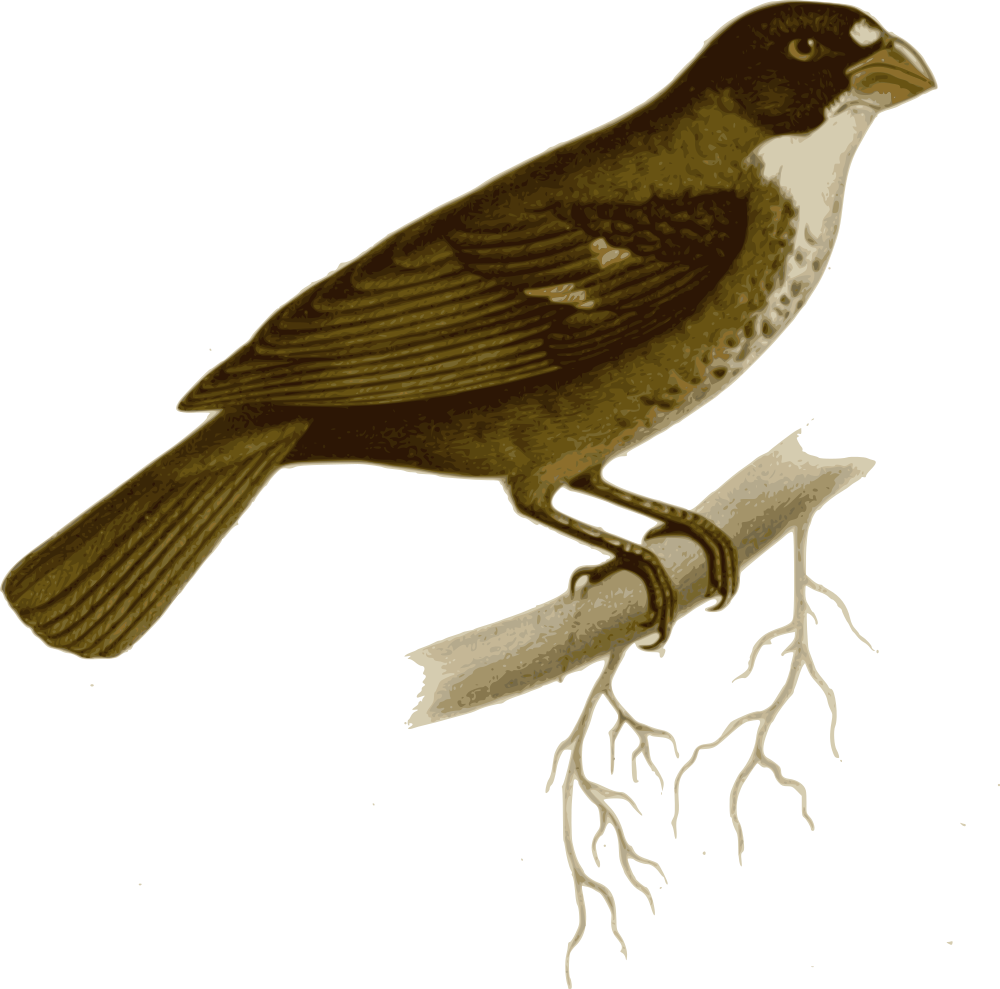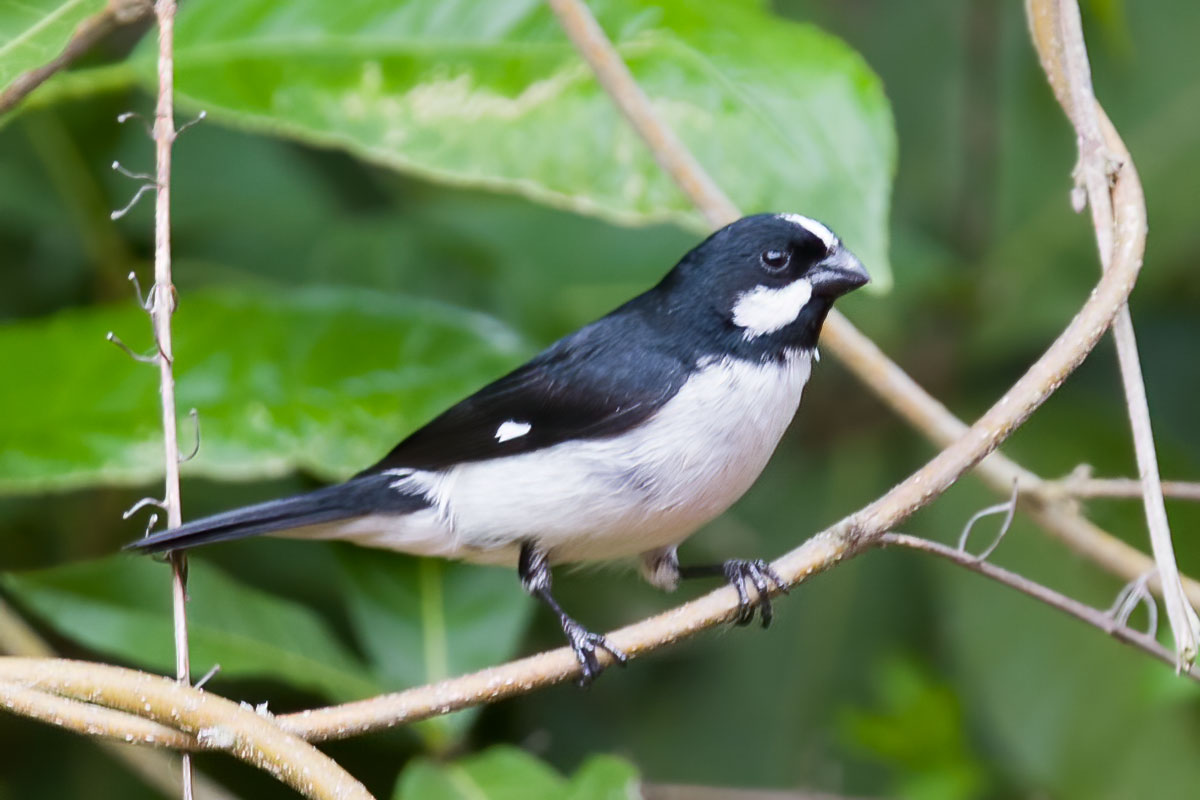The Fascinating Life Of Sporophila Lineola
Share
Sporophila lineola, commonly known as the Lined Seedeater, is a captivating bird species belonging to the family Emberizidae. This article delves into the taxonomy, habitat, behavior, and conservation status of this intriguing bird, providing birdwatchers and enthusiasts with a comprehensive understanding of its life and significance in the ecosystem.

Taxonomy
Sporophila lineola is classified under the order Passeriformes, which encompasses a vast array of songbirds. Within this order, it belongs to the family Emberizidae and the subfamily Emberizinae. The species was first described by Carl Linnaeus in 1758, originally named Loxia lineola. Over the years, its classification has undergone several revisions, with its range being emended from Asia to Surinam and later to Bahia, Brazil.
Physical Characteristics
The Lined Seedeater is a small bird, typically measuring around 12 to 13 cm in length. It exhibits a distinctive plumage characterized by a streaked brown and white pattern, which provides excellent camouflage in its natural habitat. The male and female birds are similar in appearance, although males tend to have slightly brighter coloration. Their conical bills are well-adapted for seed consumption, which is a primary component of their diet.

Habitat
Sporophila lineola is predominantly found in a variety of habitats across eastern Colombia, eastern Ecuador, northeastern Peru, and parts of Brazil, Bolivia, Paraguay, and Argentina. It thrives in open grasslands, savannas, and agricultural fields, where it can easily forage for seeds. The species is known for its adaptability, as it can also inhabit areas with scattered shrubs and low vegetation.
Diet
The diet of the Lined Seedeater primarily consists of seeds, particularly those from grasses and other herbaceous plants. They are often seen foraging on the ground or in low vegetation, using their strong bills to crack open seeds. This feeding behavior plays a crucial role in seed dispersal, contributing to the health of their ecosystem.
.jpg)
Behavior
Sporophila lineola is known for its social behavior, often forming small flocks, especially outside the breeding season. These flocks can be seen foraging together, providing safety in numbers from potential predators. The species is also recognized for its melodious songs, which are often heard during the breeding season as males establish territories and attract mates.
Reproduction
The breeding season for the Lined Seedeater typically occurs during the rainy season, when food resources are abundant. Nests are usually built in low shrubs or grasses, where females lay a clutch of 2 to 4 eggs. Both parents participate in feeding the chicks, ensuring their survival during the critical early stages of life.

Conservation Status
Currently, Sporophila lineola is not considered to be at risk, with a stable population across its range. However, habitat loss due to agricultural expansion and deforestation poses a potential threat to its long-term survival. Conservation efforts aimed at preserving natural habitats are essential to ensure that this species continues to thrive.

Birdwatching Tips
For birdwatchers eager to observe Sporophila lineola, the best approach is to visit open grasslands and agricultural areas within its range. Early morning or late afternoon are ideal times for spotting these birds, as they are most active during these periods. Patience and quiet observation will increase the chances of encountering this charming species.
In summary, Sporophila lineola is a remarkable bird that plays a vital role in its ecosystem. Its adaptability, social behavior, and contribution to seed dispersal highlight its importance in maintaining ecological balance. Observing this species in its natural habitat can be a rewarding experience for birdwatchers and nature enthusiasts alike, offering a glimpse into the intricate web of life that sustains our planet.